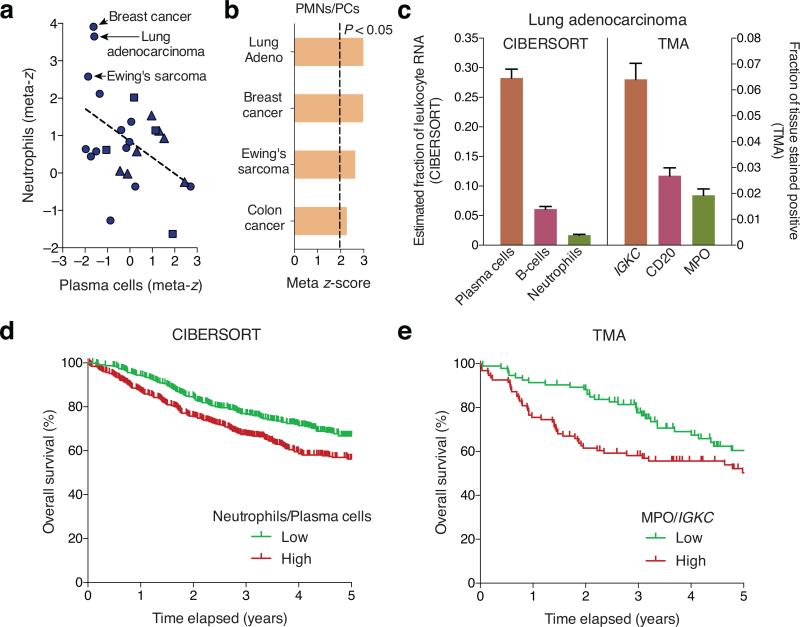Figure 4. Ratio of infiltrating PMNs to plasma cells is prognostic in diverse solid tumors.
(a) Prognostic associations between inferred PMN and plasma cell (PC) frequencies are significantly inversely correlated across the cancer landscape (Pearson R = −0.46, P = 0.02). Each point represents an individual cancer: triangles, blood cancers; squares, brain cancers; circles, remaining cancers. (b) Meta-z scores depict the prognostic significance of combining PMN and PC levels into a ratiometric index, for diverse solid tumors (source data are provided in Supplementary Table 6). (c) Comparison between CIBERSORT and tissue microarray analysis for PC, B-cell, and PMN frequencies in lung adenocarcinoma, using IGKC, CD20, and MPO, respectively, as surrogate markers for TMA (n = 187 specimens). Lung adenocarcinoma arrays from publicly available datasets (GSE7670 and GSE10072) were analyzed with CIBERSORT (n = 85 tumors). (d,e) Kaplan-Meier Plots depict patients stratified by (d) the median level of PMN to PC fractions inferred in lung adenocarcinoma microarray studies (P = 0.0005, log-rank test; n = 453 high and 453 low patients; Supplementary Table 6) and (e) the median level of MPO/IGKC stained positive in lung adenocarcinoma tissue sections (P = 0.028, log-rank test; n = 94 high and 93 low patients). Hazard ratios were 1.5 (1.2–1.9, 95% CI) for d and 1.7 (1.1–2.6, 95% CI) for e. Inferred PMN to PC levels were also significantly prognostic in continuous models assessed by univariate Cox regression in d (P = 0.003, Z = 2.98) and e (P = 0.0005, Z = 3.46). Data in c are presented as means ± s.e.m. All patients were right censored after 5 years in d and e.

